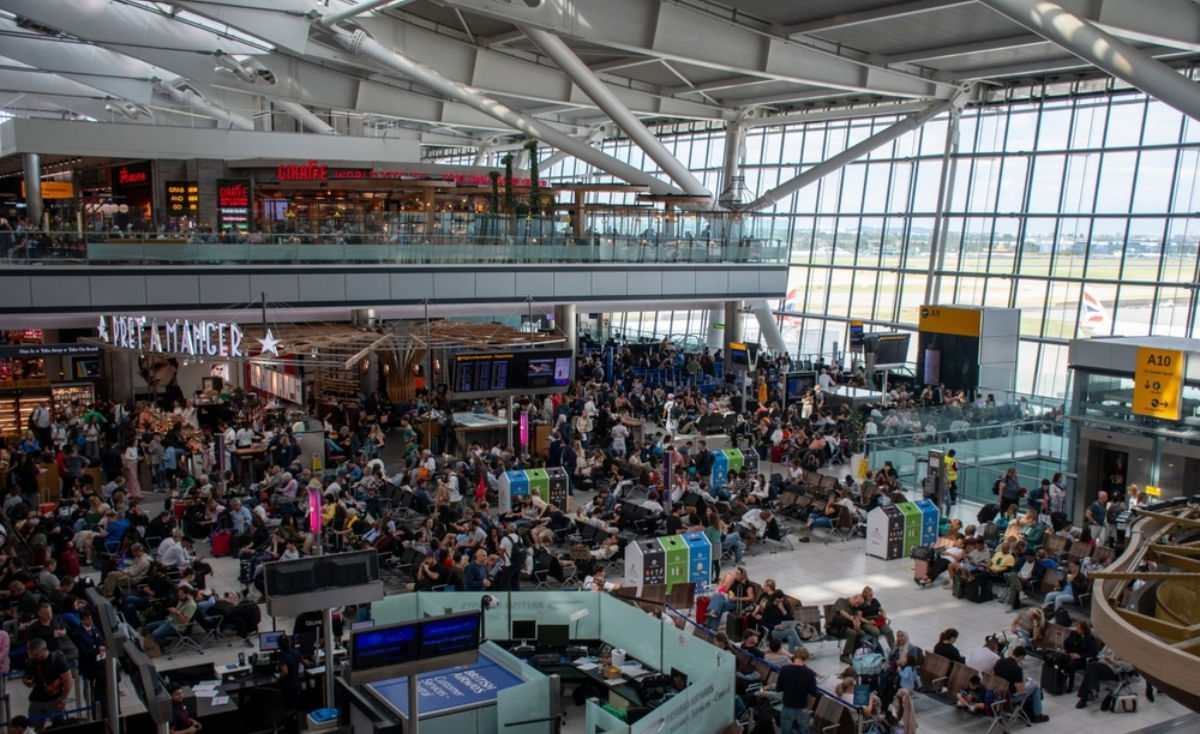Bussiness
The growing cost of regaining your hair: Are London clinics pricing out patients? – London Business News | Londonlovesbusiness.com

In London, the cost of hair transplants has skyrocketed, more than doubling over the past decade. While demand for hair restoration has reached unprecedented levels, London clinics are facing the challenge of converting interest into actual appointments.
Many high-end “boutique” clinics are now expanding nationwide, seeking to broaden their customer base beyond the capital.
So what’s going on?
Over 60% of UK hair transplant patients in 2024 opted for treatment abroad, with a hair transplant in Turkey topping the charts. Istanbul clinics are particularly popular, offering services that many patients find comparable in quality but at a fraction of the cost.
| Year | Patients | Domestic Clinics | Going Abroad |
| 2018 | 15,000 | 55% | 45% |
| 2019 | 17,500 | 50% | 50% |
| 2020 | 12,000 | 60% | 40% |
| 2021 | 19,000 | 48% | 52% |
| 2022 | 23,000 | 45% | 55% |
| 2023 | 28,000 | 40% | 60% |
| 2024 | 32,000 | 38% | 62% |
According to Cem Mir of IdealofMeD, one of Istanbul’s top hair transplant destinations for UK patients, there’s a growing trend among UK visitors toward seeking premium services over budget alternatives.
“Since COVID, we’ve experienced substantial growth in UK patients coming to Istanbul. Many choose our premium DHI/FUE combination package, priced at around £4,500. For UK patients, it’s no longer solely about cost but value and outcomes,” he explains.
The value equation
London clinics are finding it difficult to compete with international offerings that balance quality and cost.
Early investors in IdealofMeD and co-founders of Age Back Co., Cem Arel and Jorn Elferink, offer top-of-the-line hair transplants in Türkiye for approximately €20,000 (£16,500). This price is still lower than London’s high-end packages, which can reach up to £30,000 and don’t include many of the extras Age Back Co offers.
Cem sheds light on Age Back Co.’s philosophy: “While genetics are often blamed for hair loss, epigenetic factors—such as stress, poor nutrition, lack of sleep, and hormonal imbalances—significantly contribute to it. We focus on a holistic approach, combining lifestyle changes with anti-ageing treatments like NAD+ and hyperbaric therapy alongside exosome and autologous stem cell treatments to address both hair loss and the underlying ageing process. Besides the cost, there are regulatory issues with offering these in places like London as well.”
This holistic approach reflects a larger trend toward regenerative medicine in hair restoration, blending traditional hair transplants with preventive measures aimed at treating the root causes of hair loss.
Differences in approach and quality control
One of the key differences between UK and Turkish clinics is the pricing structure and approach to graft management. UK clinics often charge based on the number of grafts in packages of 800, 1,200, or 2,000. In contrast, Turkish clinics tend to charge flat rates, making pricing more predictable for patients.
Jorn explains the benefits of this model: “For an optimal, natural hairline, each graft must be inspected and organised, with single follicles placed in front rows, double follicles in the middle, and three- or four-stem follicles at the back for density. This meticulous organization process, with 1,500 grafts, requires two skilled technicians to work up to three hours. Many UK clinics lack the resources for this level of precision, leading to concerns over ‘overharvesting’ and subpar results.”
The experience level of technicians in Turkish clinics also tends to be higher. “Our teams have performed thousands of transplants,” says Jorn. “Our chief technician alone has treated over 10,000 patients, and we frequently perform up to 6,000 grafts in one session—something nearly unheard of in the UK.”
This difference in approach, along with the comprehensive training and experience of technicians, makes Turkish clinics a compelling choice for UK patients looking for both high-quality results and value. With these combined elements, Türkiye has solidified its position as a global leader in hair restoration, leaving UK clinics with the challenge of differentiating themselves and justifying their higher price tags.
The future of hair transplant services in the UK
As hair loss treatments continue to evolve, it’s likely that the UK will see more clinics adopting holistic, integrative approaches to remain competitive. There’s also an increasing focus on emerging regenerative therapies—such as stem cells and exosomes—which could help address the underlying causes of hair loss, potentially reducing the need for extensive grafts. However, these treatments are still relatively new and may not be widely available in the UK for some time.
For now, UK patients are more likely to find a balance of cost and quality abroad, leaving London clinics in a difficult position. Without adapting to the changing market, they risk losing more patients to clinics in Türkiye and other international hubs. As patients increasingly demand value, transparency, and effective results, the UK hair transplant industry must innovate or risk being priced out by its own market.










